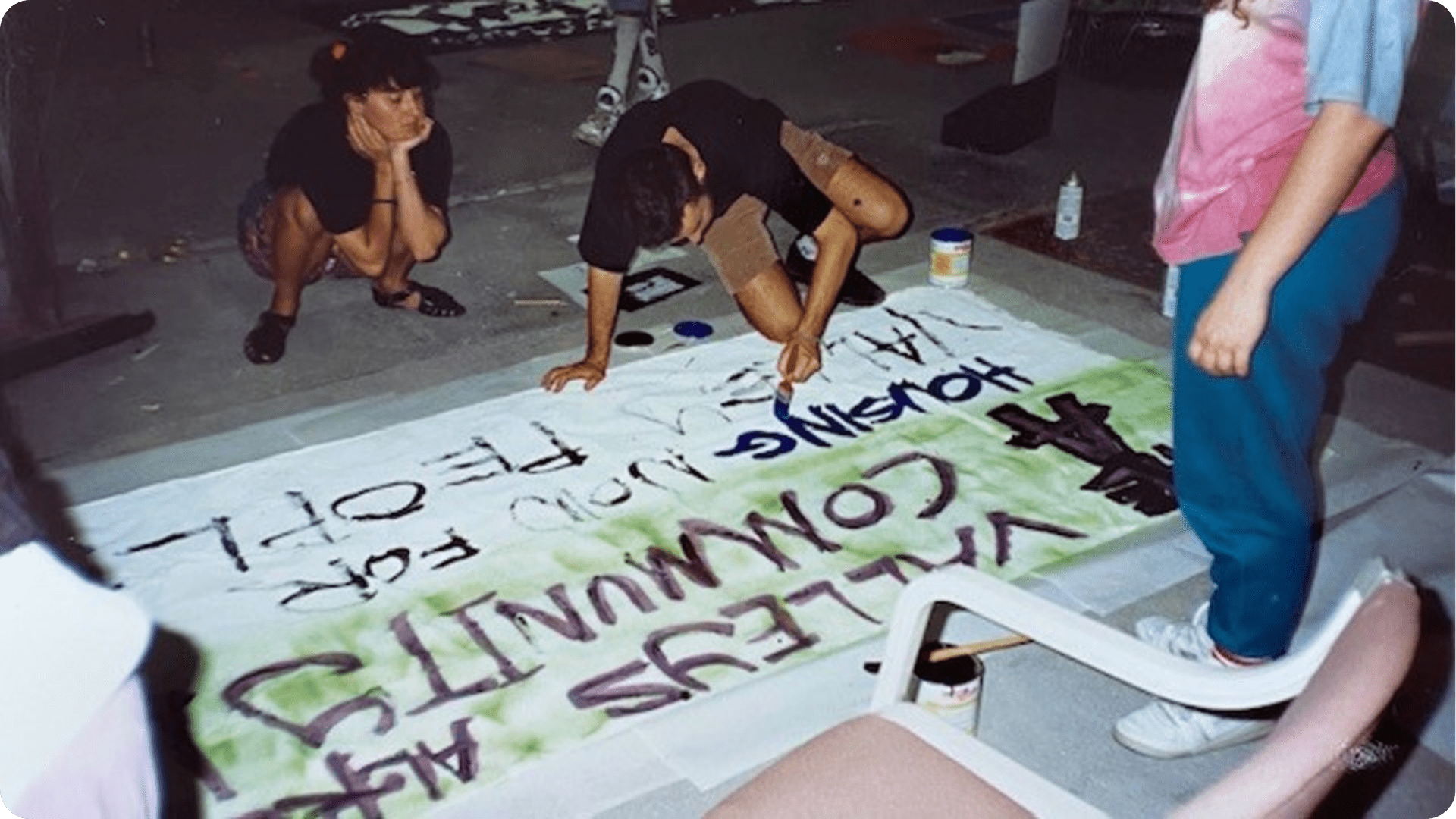ABSTRACT
Rhianon Vichta-Ohlsen, Brisbane Youth Service Research and Evaluation Manager, Dr Katie Hail-Jares, Griffith University.
Couchsurfing, or temporarily staying with friends, extended family, acquaintances, or strangers, is a growing form of homelessness within Australia, and particularly concentrated among youth. System involvement with child welfare and its link to youth homelessness has previously been well-established, but not within the context of couchsurfing.
In interviews with 19 young people with both couchsurfing and a history of system-involvement, we identify and describe six different pathways into couchsurfing. These pathways extended from the beginning to the end of their child safety involvement, and demonstrate how fear of reprisal for reporting, fear of out-of-home-care, and lack of transition planning pushed-or-pulled young people into couchsurfing.
These findings indicate the link between couchsurfing and child safety involvement began very early in the investigative process, suggesting multidisciplinary service teams that include housing support should be involved in initial contact. We also echo the recommendations of other researchers to prioritise Housing First programming and risk assessment for evaluating young people’s living spaces.
How to cite
Hail-Jares, K., & Vichta-Ohlsen, R. (2023). Pathways Into Couchsurfing From Child Safety Involvement. International Journal on Homelessness, 3(2), 220–236. https://doi.org/10.5206/ijoh.2022.2.1472
